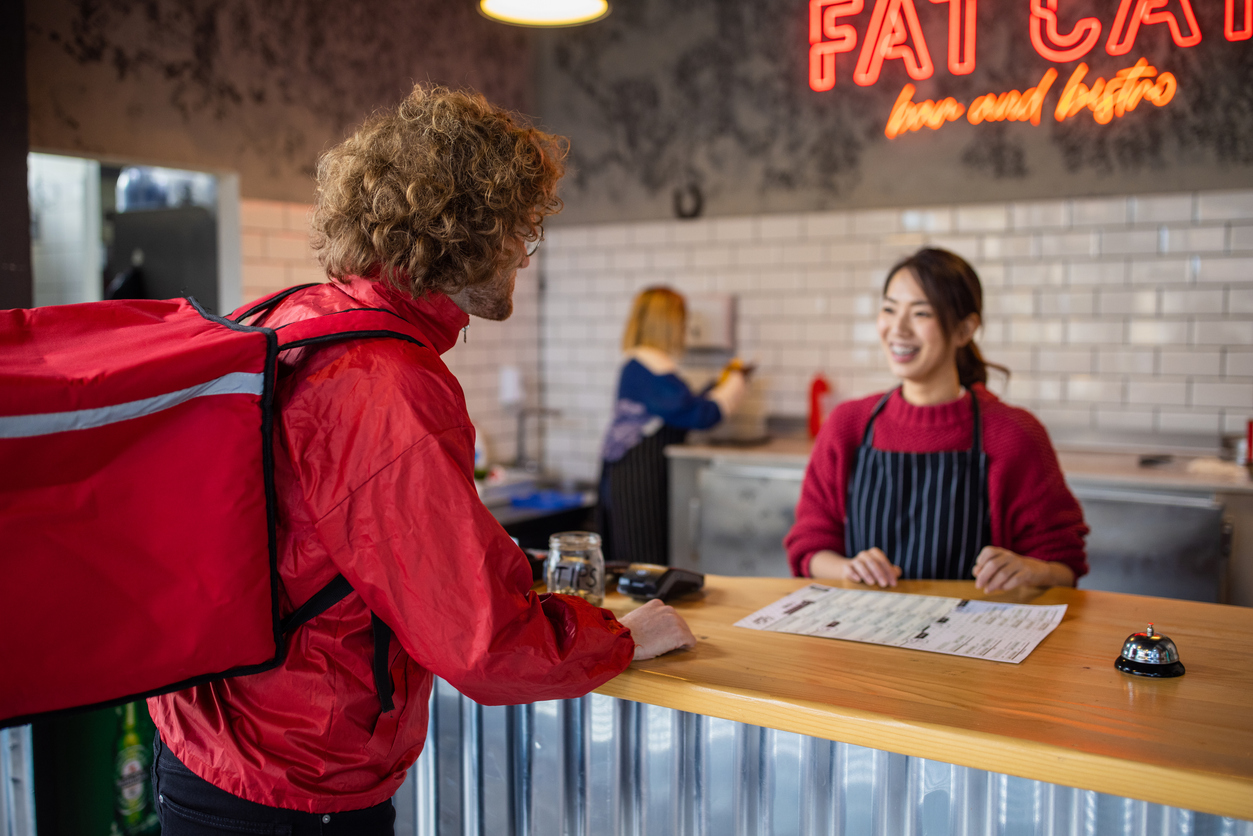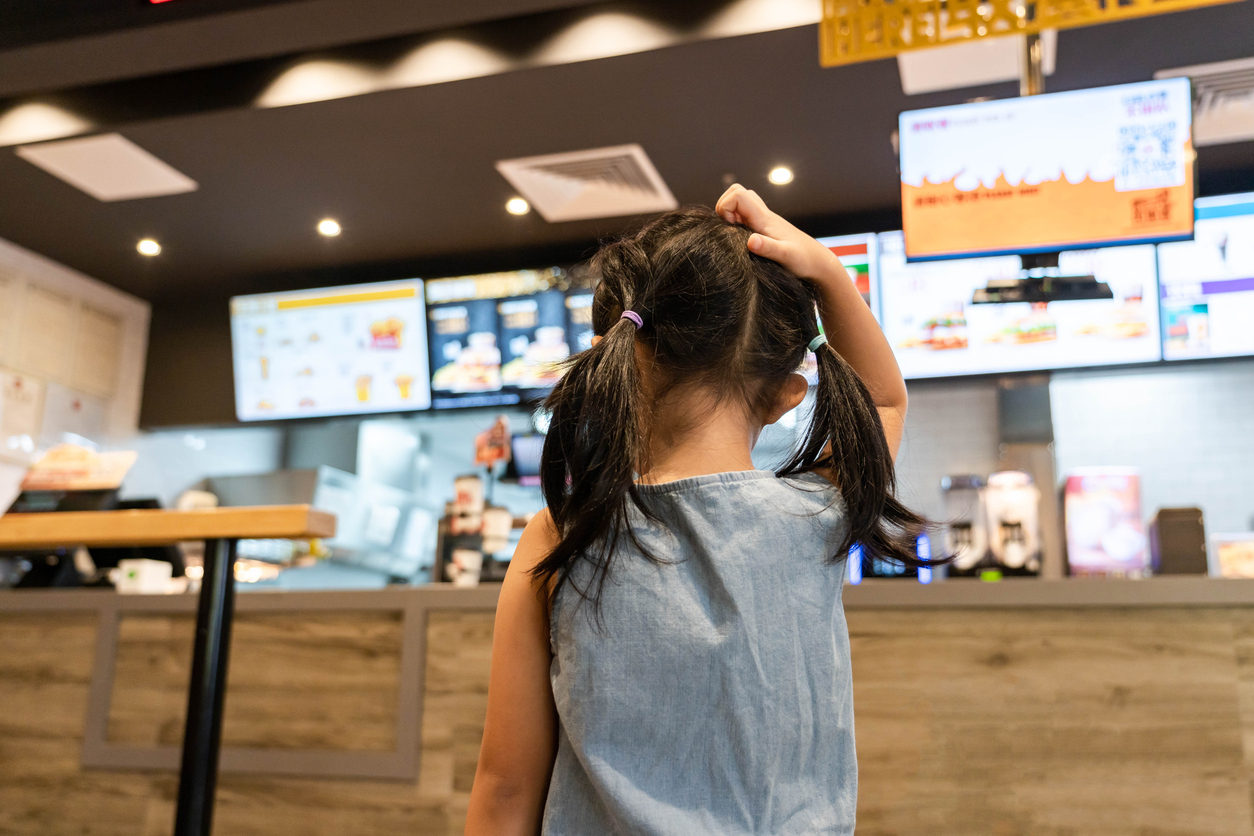With digital ordering now accounting for over half of sales for 36% of restaurant brands, keeping your menu consistent across all platforms isn’t just a best practice — it’s a business imperative. When menu information is fragmented or outdated, operators face a cascade of operational challenges: inaccurate orders, lost revenue, unsatisfied guests, and increased staff burden. Yet many restaurants still rely on manual processes or outdated systems to manage their digital menus.
Let’s break down the challenges of multi-platform menu management, the upside of centralized control, and the best practices leading brands use to get it right.
The Real Cost of Menu Fragmentation
Managing digital menus across multiple systems — from third-party platforms to your own app — creates risk. Prices and item availability can easily get out of sync. And when that happens, order accuracy suffers.
SoBol, a growing acai and smoothie concept, tackled this challenge head-on. Before streamlining their menu management, the brand struggled with platform discrepancies that led to guest complaints and operational inefficiencies. By centralizing their digital menu through Checkmate, SoBol reduced those errors and saw a 22% lift in online order volume.
In another example, frozen yogurt brand 16 Handles saved 30 minutes per day per store on menu updates after implementing Checkmate. That reclaimed time allowed their teams to focus on merchandising, guest service, and new product testing.
What “Centralized Menu Management” Really Means
A centralized system doesn’t just store menu data in one place — it integrates with your POS and third-party channels to automatically push real-time updates wherever guests order. This eliminates the need to manually update each delivery platform or marketplace. It also provides visibility across channels, so you can monitor pricing, availability, and promotions without jumping between portals.
This is the core value of Checkmate’s EveryWare solution. It acts as a single source of truth for your menu, supporting multiple digital channels from one admin panel. Operators can create custom menus by location or channel, push limited-time offers (LTOs), and monitor discrepancies across pricing grids.
4 Best Practices for Menu Syncing at Scale
Whether you're managing 10 or 1,000 locations, these menu syncing strategies can reduce headaches and unlock new revenue opportunities:
1. Centralize Menu Data and Controls
Create, manage, and update all digital menus from one interface. This reduces human error and simplifies compliance with brand standards — especially helpful when managing location-specific pricing or regional LTOs.
With Checkmate, brands can even preview future menu states or benchmark pricing across locations to identify inconsistencies before they affect customers.
2. Leverage POS Integration for Real-Time Syncing
Your menu should be tightly integrated with your POS. This ensures changes —like sold-out items or updated prices — are automatically reflected on your ordering channels. It also reduces delays and order injection failures, which cost time and revenue.
Checkmate’s POS-agnostic infrastructure supports over 50 integrations and offers fallback mechanisms to avoid downtime — making it easier to scale with confidence.
3. Apply Smart Logic and Scheduling
Dayparts, LTOs, and channel-specific menus shouldn’t require developer help. Look for tools that allow you to schedule and automate menu changes by location, channel, or time — including holiday menus, seasonal promos, or late-night versions.
This type of scheduling is particularly effective for fast-casual and QSR formats that operate across multiple dayparts with dynamic menus.
4. Use Analytics to Refine and Iterate
Menu syncing isn’t just about accuracy — it’s a data opportunity. Use performance reports and smart alerts to track top-selling items, spot mismatched prices, and assess how menu updates affect revenue.
Checkmate’s Insights reporting surfaces operational KPIs like driver wait times and menu downtime, helping operators spot problems before they scale.
Don’t Let Menu Management Hold Back Growth
As digital becomes a primary revenue driver, the stakes of inconsistent menus only grow. For multi-unit operators, franchise systems, and enterprise brands, the ability to scale without complexity is critical. A unified menu engine makes it possible to:
- Launch new locations faster
- Test and scale promos with less risk
- Push menu changes across hundreds of stores instantly
- Maintain brand consistency across digital channels
The bottom line: if you still manage delivery channel separately, you’re introducing risk and friction into your processes.
Take the Next Step
If you’re a restaurant chain trying to drive consistency, speed, and guest satisfaction across your digital ecosystem, it’s time to centralize your menu operations across all your digital channels. Schedule a Checkmate demo to see how EveryWare can eliminate chaos and unlock new growth for your brand.




